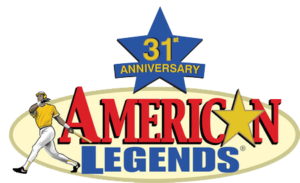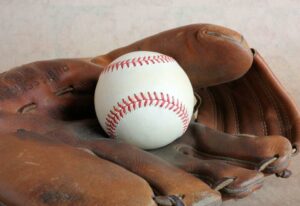Baseball card collecting has been a cherished hobby for enthusiasts of all ages for decades. Hunting for that elusive rookie card or completing a set can be gratifying. However, as with any collectible, the world of baseball cards has its fair share of counterfeit cards circulating in the market. Spotting these fake cards is essential to protect your investment and maintain the integrity of your collection. In this guide, we’ll delve into identifying counterfeit cards and verifying their authenticity while discussing how to sell baseball cards for maximum profit.
The Growing Issue of Counterfeit Cards
Counterfeit baseball cards have become increasingly prevalent, thanks partly to the rise of online marketplaces and the potential for significant financial gain. Fraudsters are becoming more sophisticated in their techniques, making it imperative for collectors to educate themselves on the telltale signs of fake cards.
Examining the Card’s Printing Quality
One of the first things you should scrutinize when assessing a baseball card’s authenticity is its printing quality. Authentic cards are produced using high-quality printing that delivers sharp, clear images, text, and colors. Here’s what to look for:
- Crispness and Clarity: Genuine baseball cards typically have sharp, well-defined images. Examine the player’s photo, team logo, and text on the card. Blurry or fuzzy details are red flags.
- Color Consistency: Authentic cards should have consistent and vibrant colors. Beware of cards with faded or washed-out colors, as this can indicate a counterfeit.
- Correct Fonts and Logos: Pay attention to the fonts and team logos used on the card. Counterfeiters often struggle to replicate these accurately. Compare the card in question to a known authentic card for discrepancies.
- Printing Lines: Authentic cards have clean, smooth printing. If you notice noticeable printing lines or irregularities, be cautious.
Assessing the Card’s Material and Thickness
The type of material used for the card and its thickness can also provide clues about its authenticity:
- Card Stock: Authentic baseball cards are printed on sturdy cardstock for durability. Fake cards may feel flimsy or of lesser quality.
- Thickness: Most genuine baseball cards have a consistent thickness. If you notice variations in thickness across the card, it may be a fake.
Authentication Features
Many modern baseball cards come with built-in authentication features to deter counterfeiters. These features can include holograms, embossing, and unique serial numbers. Please familiarize yourself with the authentication features specific to the cards you collect and verify their presence on any card you consider. These features can also be valuable when you sell baseball cards, as they enhance their credibility in the market.
Be Wary of Altered Cards
Counterfeiters often take authentic cards and attempt to alter them to increase their value. Here are some common alterations to watch out for:
- Trimming: Trimming involves cutting the edges of a card to improve its appearance. Look for uneven edges or signs of cutting.
- Re-coloring: Fraudsters may attempt to repaint or touch up a card to make it appear more valuable. Inspect the card for inconsistencies in color or paint texture.
- Reprint Labels: Check for signs that labels, such as player names or card numbers, have been replaced or reprinted. That can include variations in font or alignment.
Seek Professional Grading When You Decide to Sell Your Cards
One of the most reliable ways to authenticate a baseball card is to have it professionally graded by a reputable grading company. These companies employ experts who thoroughly examine the card’s authenticity, condition, and overall value. Cards that receive high grades from these organizations are generally considered more trustworthy. High-quality grading can significantly impact the value of your cards when you decide to sell baseball cards in the future.
Compare to Known Authentic Cards
Collectors often have access to reference cards or images of known authentic cards. When doubting a card’s authenticity, compare it to these references. Look for discrepancies in design, printing, and overall appearance.
Research the Seller Before Selling Baseball Cards
Before making a purchase, research the seller’s reputation. Online marketplaces like eBay and specialized card trading forums often have user reviews and ratings. Established reputable sellers are more likely to sell authentic cards. Similarly, when you sell baseball cards from your collection, choose a reputable platform or buyer to ensure a fair and secure transaction.
Conclusion
Protecting your collection from counterfeit cards is crucial as a baseball card collector. By developing a keen eye for printing quality, assessing materials and thickness, verifying authentication features, and being vigilant for alterations, you can minimize the risk of falling victim to counterfeit cards.
Remember that authentication is only sometimes straightforward, especially with older vintage cards. When in doubt, seek professional grading services or consult with experienced collectors who can provide guidance. Ultimately, your diligence in spotting fake baseball cards will ensure that your collection remains valuable and genuine for years. Happy collecting and successfully selling your baseball cards!


